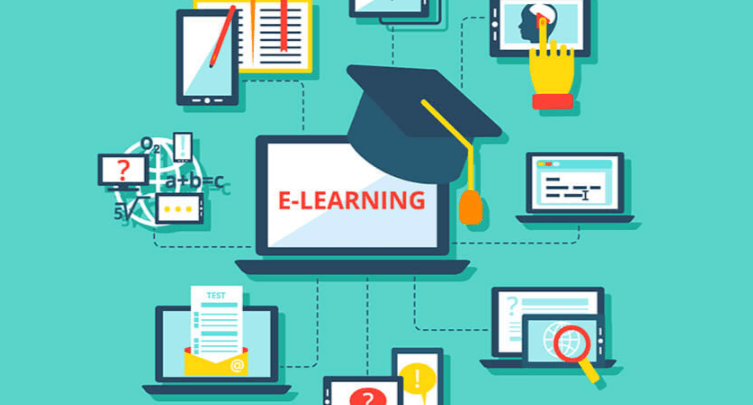What role does technology play in advancing global education, particularly in under-resourced areas?

Introduction to Technology in Global Education
In an era where technology permeates every aspect of our lives, its influence on education has become a critical topic of discussion. This is particularly significant in under-resourced areas where traditional educational methods face numerous challenges. Technology’s potential to transform educational landscapes across the globe offers a beacon of hope for leveling the educational playing fields and providing comprehensive learning opportunities to all.
Defining the Scope of Global Education
Global education refers to learning that opens people’s eyes and minds to the realities of the world, and awakens them to bring about a world of greater justice, equity, and human rights for all. In the context of under-resourced areas, global education aims to provide students with the knowledge and skills needed to thrive in a rapidly changing world.
Overview of Technology’s Impact on Education
Technology’s impact on education can be seen in various forms—from digital classrooms and online learning materials to interactive apps that make learning more engaging and accessible. These innovations are not just additions to the way education is imparted but are becoming essential tools that redefine how education is conceived and delivered.
Historical Context of Education in Under-Resourced Areas
Historically, under-resourced areas have struggled with numerous educational challenges, including lack of qualified teachers, inadequate learning materials, and poor infrastructure. However, the advent of technology is beginning to alter this landscape significantly.
Challenges Faced by Under-Resourced Areas
The primary challenges in these areas include limited access to quality education, a shortage of teaching resources, and minimal exposure to advanced learning tools. These hurdles contribute to a cycle of educational disadvantage that technology aims to break.
Evolution of Educational Practices Before Technology
Before the integration of modern technology, education in these areas often relied on outdated texts, rote learning, and limited student-teacher interactions. The lack of resources led to uninspiring educational environments that failed to foster curiosity or a love for learning.
Key Technologies Transforming Education
E-Learning Platforms
E-learning platforms have revolutionized education by providing remote access to quality content and expert teachers. Platforms like Khan Academy, Coursera, and local initiatives specific to countries or regions, have made it possible for students in under-resourced areas to access world-class education for free or at a low cost.
Mobile Learning
With the widespread availability of smartphones, mobile learning has become a feasible educational tool in many under-resourced areas. Apps that offer lessons, interactive activities, and even offline access to materials are becoming increasingly popular.
Collaborative Technology
Tools like Google Classroom and Microsoft Teams facilitate a collaborative environment for both students and teachers. These platforms allow for easy distribution of assignments, feedback, and discussions, ensuring that geography is no longer a barrier to a comprehensive education.
Impact of Technology on Teacher Training
Technology has not only transformed student education but also teacher training. Online professional development courses and resources have become more accessible, enabling teachers in remote areas to enhance their teaching skills and stay updated with the latest educational practices.
Case Studies: Success Stories from Around the World
In rural India, several government and non-governmental initiatives have introduced digital classrooms that use solar-powered computers and projectors to bring interactive education to remote areas.
In Africa, mobile libraries equipped with tablets and internet access travel to remote villages, bringing books and educational resources to children and adults alike.
Challenges and Limitations of Technology in Education
Despite the advancements, there are significant challenges that need addressing. These include infrastructure issues, such as lack of electricity and internet access, and socio-economic factors like affordability of devices.
Future Trends in Educational Technology
Looking forward, the role of artificial intelligence and machine learning in personalized education is promising. These technologies can help tailor educational content to individual student needs, improving outcomes particularly in large, diverse classrooms.
Conclusion
The role of technology in advancing global education in under-resourced areas is pivotal. While challenges remain, the potential for transformative impact is immense. As technology continues to evolve, it holds the promise of further democratizing education and empowering communities worldwide.
FAQs
How can technology improve education in under-resourced areas? Technology can provide scalable solutions for education by offering remote access to learning materials, facilitating teacher training, and introducing engaging ways to learn through interactive applications.
What are some effective technological tools for remote learning? E-learning platforms, mobile learning applications, and collaborative tools like Google Classroom and Microsoft Teams are effective for remote learning.
Can technology in education help overcome language barriers? Yes, technology can help overcome language barriers by providing multilingual educational resources and translation tools that facilitate learning in students’ native languages.
What is the impact of mobile learning in education? Mobile learning makes education accessible anywhere, anytime, facilitating continuous learning outside traditional classroom settings.
How does technology enhance teacher effectiveness in under-resourced areas? Technology offers teachers in under-resourced areas access to continuous professional development, teaching resources, and innovative teaching methods.






